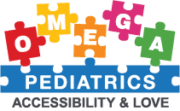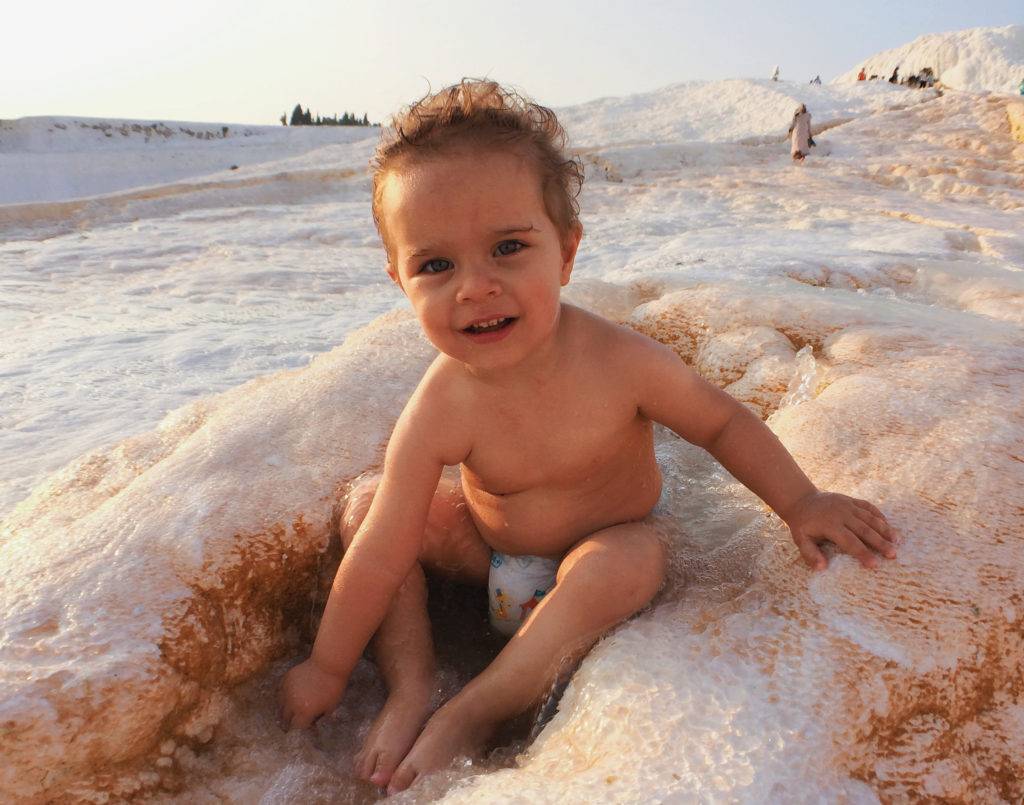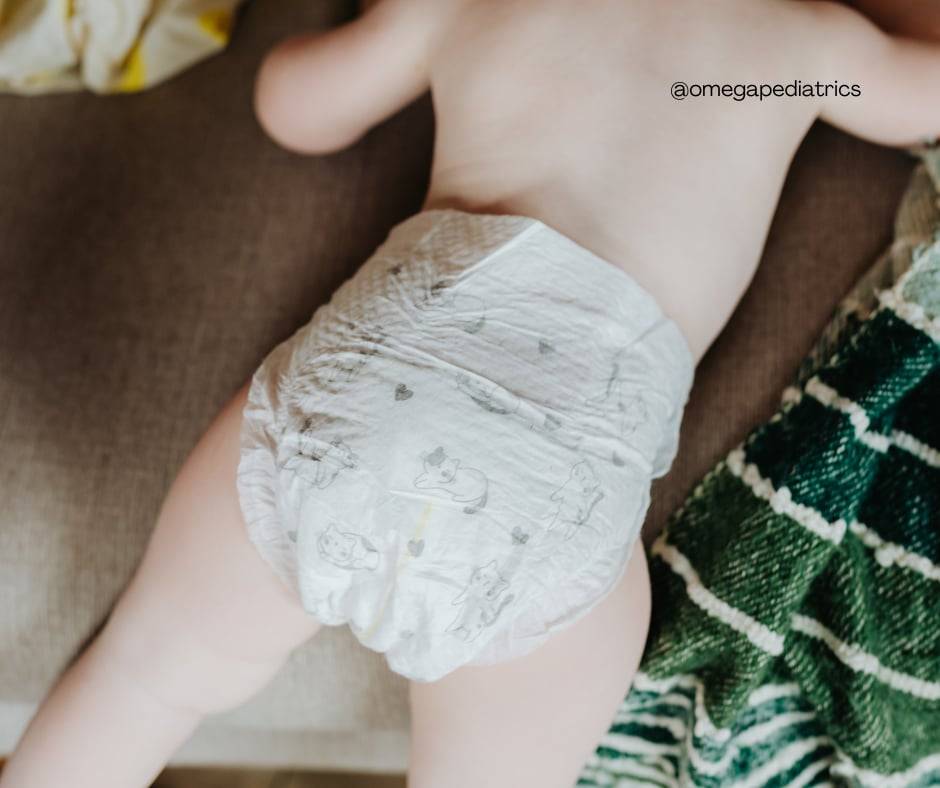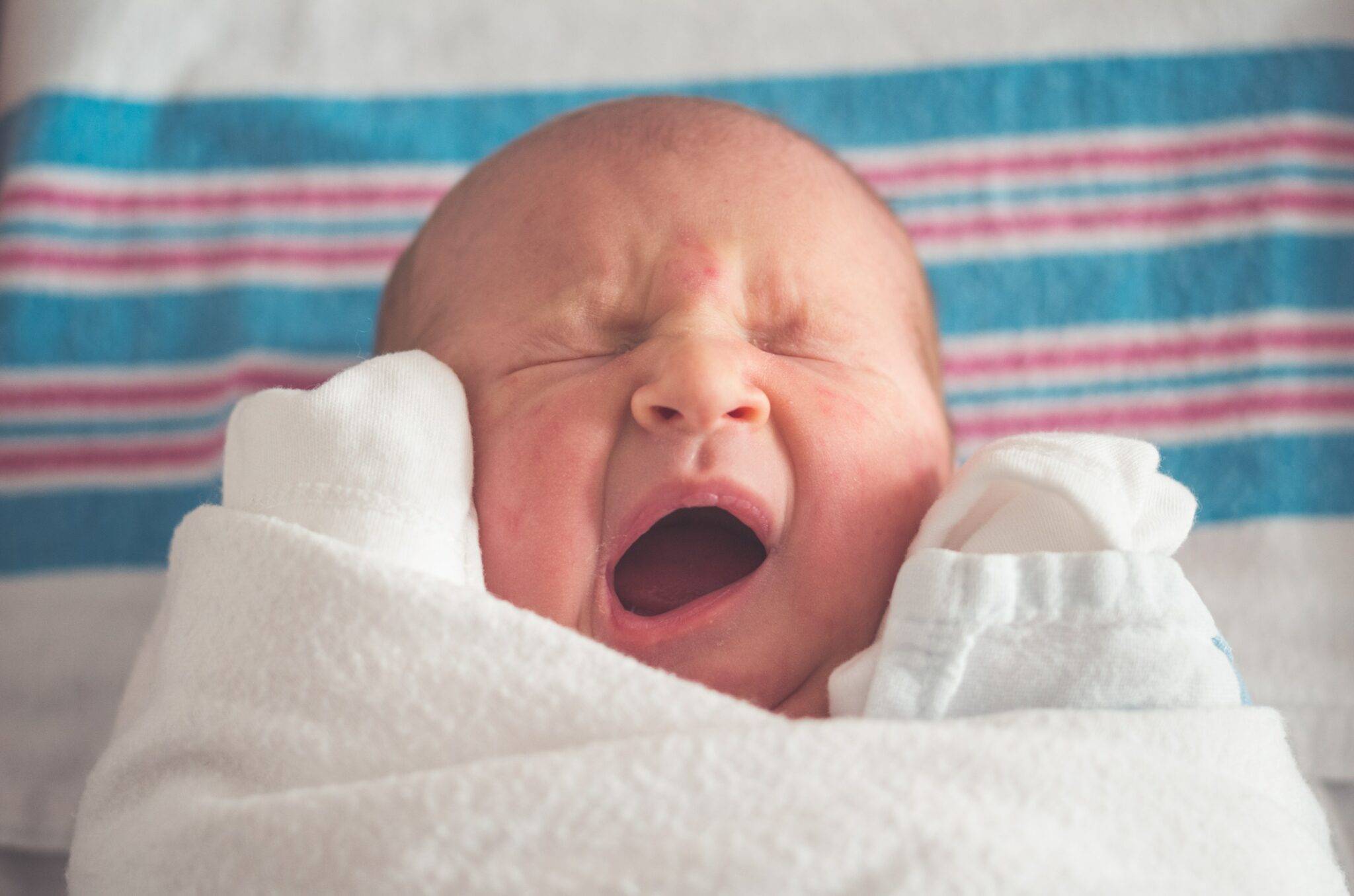As a new parent, ensuring the safety and well-being of your newborn is your top priority. Sleep is one of the most critical aspects since babies spend significant time during the first few months of life. The question of whether it’s safe for a newborn baby to sleep on side is one that many parents and caregivers often ponder.
This comprehensive guide will explore the risks and benefits of different sleep positions, delve into expert recommendations, and provide tips to help you create a safe sleep environment for your baby.
Newborn Sleep Patterns and Development
Before we dive into sleep positions, it’s essential to understand the sleep patterns of newborns. Unlike older children and adults, newborns don’t have a fully developed circadian rhythm; they don’t have a regular sleep-wake cycle. Newborns sleep 14–17 hours, broken into 2-4 hours.
This frequent waking of infants is due to their need for nourishment, comfort, and diaper changes.
The Importance of REM Sleep in Newborns
Newborns spend a significant portion of their sleep in the REM (rapid eye movement) stage, a lighter sleep phase associated with dreaming. REM sleep is crucial for brain development, as it plays a key role in the growth of the nervous system and cognitive functions.
During this stage, babies wake up easily, a protective mechanism that reduces the risk of Sudden Infant Death Syndrome (SIDS). However, since newborns are in REM sleep frequently, they’re also prone to waking when their sleep environment isn’t optimal.
For a related topic, this article is worth reading: Why Newborn Baby Smile While Sleeping: 3 Reasons Behind this Adorable Phenomenon
The Development of Sleep Cycles
As babies grow, their sleep cycles begin to lengthen, and they spend more time in deeper, non-REM sleep stages. By 3 months old, they develop a predictable sleep pattern, though every baby is different. Understanding these early sleep patterns is important since frequent waking and irregular sleep are normal.
Newborn Baby to Sleep on Side: The Dangers of Side Sleeping
While it seems harmless to place your newborn baby to sleep on side, especially if they prefer this position, side sleeping isn’t recommended for newborns due to several potential dangers.
1. Increased Risk of Sudden Infant Death Syndrome (SIDS)
SIDS is the sudden and unexplained death of a healthy baby, typically during sleep. Although the exact causes remain unknown, research has identified several factors that increase a baby’s risk, and sleep position is one of the most critical.
When a newborn is placed on their side, there’s a higher chance that they will roll onto their stomach during sleep. Stomach sleeping has been strongly linked to an increased risk of SIDS, as it causes airway obstruction, rebreathing of carbon dioxide (when a baby breathes in their exhaled air), and overheating.
These factors contribute to a dangerous situation where a baby’s oxygen levels are compromised. Since side sleeping easily leads to stomach sleeping, it’s considered unsafe for newborns.
2. Reduced Incidence of Positional Plagiocephaly
Another concern with side sleeping is its potential contribution to positional plagiocephaly, commonly known as flat head syndrome. This condition occurs when a baby’s head develops a flat spot due to prolonged pressure on one area.
Since a newborn’s skull is still soft and malleable, consistently sleeping in the same position causes uneven shaping of the head. Side sleeping leads to flat spots on either side of the head, depending on which side the baby favors.
While positional plagiocephaly isn’t harmful and can be corrected with repositioning techniques or, in some cases, physical therapy, it’s a condition that many parents would prefer to avoid. Back sleeping, on the other hand, tends to distribute pressure evenly across the back of the head, reducing the likelihood of flat spots.
3. Risk of Choking
A common misconception among parents is that side sleeping prevents choking if a baby spits up or vomits during sleep. This belief stems from the idea that side sleeping allows fluids to drain out of the baby’s mouth more easily than back sleeping. However, research and expert opinion indicate that this isn’t the case.
Babies have a natural gag reflex that protects their airways, even when lying on their backs. When a baby is placed on their back to sleep, the trachea (windpipe) is positioned above the esophagus (food pipe). This anatomical arrangement makes it less likely for fluids to be inhaled into the lungs.
Conversely, when a baby sleeps on their side, they are likely to roll onto their stomach, which poses a greater risk of choking and suffocation.
Why Back Sleeping Is the Safest Position
Given the risks associated with side sleeping, the American Academy of Pediatrics (AAP) and other health organizations strongly recommend babies be placed on their backs to sleep. This position has been shown to reduce the risk of SIDS and is considered the safest for newborns.
The Success of the “Back to Sleep” Campaign
The “Back to Sleep” campaign, launched in the 1990s, was a public health initiative to educate parents and caregivers about the importance of placing babies on their backs to sleep. Since the campaign’s inception, the rate of SIDS has decreased by more than 50%. This dramatic reduction highlights the effectiveness of back sleeping as a preventive measure.
The campaign, now known as “Safe to Sleep,” continues to promote back sleeping as the standard practice for reducing the risk of SIDS. It also emphasizes the importance of creating a safe sleep environment, which includes using a firm sleep surface, avoiding soft bedding, and keeping the baby’s sleep area free of toys and other objects that pose a suffocation hazard.
How Back Sleeping Helps Prevent SIDS
There are several reasons why back sleeping is safer than side or stomach sleeping. First, when a baby sleeps on their back, their face is not pressed against the mattress, reducing the risk of suffocation. Second, back sleeping helps keep the baby’s airways open and unobstructed, allowing for better breathing. Third, the position of the baby’s head and neck when lying on their back makes it less likely for them to re-breathe exhaled air, leading to a buildup of carbon dioxide and a decrease in oxygen levels.
Additionally, back sleeping reduces the risk of overheating, which is another factor associated with SIDS. When a baby is placed on their stomach, their body heat is less able to dissipate, leading to a higher risk of becoming too warm. Overheating has been linked to an increased risk of SIDS, making it essential to maintain a safe and comfortable sleep environment.
Know more about this topic in this article: 4 Things to Consider in Creating a Safe Sleep Environment for Your Baby
Addressing the Concerns About Flat Head Syndrome
While back sleeping is the safest position, some parents worry about the potential for their baby to develop a flat spot on the back of their head, known as positional plagiocephaly. Fortunately, there are ways to minimize this risk while keeping your baby safe.
One effective strategy is supervised tummy time when your baby is awake. Tummy time allows your baby to develop their neck, shoulder, and arm muscles, reducing the time spent with their head resting against a flat surface. Alternate the direction of your baby’s head while they sleep by gently turning their head to one side.
Common Myths and Misconceptions About Newborn Sleep Positions
Despite the overwhelming evidence supporting back sleeping, myths and misconceptions persist among parents and caregivers. Let’s address a few of the most common ones:
Myth 1: Side Sleeping is Safer for Babies Who Spit Up
Some parents believe that side sleeping prevents choking in babies who frequently spit up or have reflux. The truth is that back sleeping is safer for these babies. The anatomy of a baby’s airway helps protect them from choking when lying on their back. Babies who sleep on their backs aren’t as likely to choke as those who sleep on their sides or stomachs.
Myth 2: Babies Should Sleep on Their Side if They Have a Cold
Another common misconception is that babies with a cold or stuffy nose should sleep on their side to help with breathing. Placing a baby on their back is still the safest option, even when they have a cold. You can ease your baby’s breathing by elevating the head by placing a rolled towel under the mattress, not in the crib.
Myth 3: It’s Fine to Use Sleep Positioners or Wedges
Sleep positioners and wedges are marketed as products that keep a baby in a specific sleep position, often claiming to reduce the risk of SIDS or reflux. However, these products aren’t recommended by the AAP. They can be dangerous and have been linked to cases of suffocation and death. The baby’s safest sleep environment is a firm, flat mattress with no additional devices or products.
Myth 4: Babies Will Be Uncomfortable on Their Backs
Some parents worry their baby is uncomfortable sleeping on their back, especially if used to being held or rocked to sleep. While it’s true that some babies initially resist back sleeping, they adjust with time. To help your baby feel more comfortable, swaddling (as long as your baby is not yet rolling over) creates a calming bedtime routine, and ensures the sleep environment is quiet and soothing.
Creating a Safe Sleep Environment for Your Newborn
In addition to choosing the right sleep position, it’s important to create a safe sleep environment that minimizes the risk of SIDS and other sleep-related dangers. Here are some essential tips to help you achieve this:

- Use a Firm Sleep Surface: Your baby’s crib or bassinet should have a firm mattress that fits snugly within the frame. The mattress should be covered with a fitted sheet, and there should be no gaps between the mattress and the crib. Avoid using soft mattresses, pillows, or cushioned bumpers, as these increase the risk of suffocation.
- Keep the Sleep Area Free of Soft Objects: The safest sleep environment for a newborn is free of soft objects, including blankets, pillows, stuffed animals, and crib bumpers. These items pose a suffocation risk if they accidentally cover your baby’s face or mouth. Instead of a blanket, dress your baby in a sleep sack or wearable blanket to keep them warm without loose bedding.
- Maintain a Comfortable Room Temperature: Overheating is a known risk factor for SIDS, so keep your baby’s sleep environment at a comfortable temperature. The room should be cool enough that a lightly clothed adult feels comfortable. Avoid overdressing your baby or using heavy blankets, and use a fan to circulate air.
- Practice Safe Swaddling Techniques: Swaddling soothes a newborn and promotes better sleep, but it must be done safely. The swaddle should be snug around the chest but loose around the hips and legs. This allows for natural movement and reduces the risk of hip dysplasia. Stop swaddling once your baby shows signs of rolling over, as swaddling increases the risk of suffocation if a baby rolls onto their stomach.
- Share a Room, Not a Bed: The AAP recommends room-sharing without bed-sharing for at least 6-12 months of a baby’s life. Placing your baby’s crib or bassinet in your bedroom makes nighttime feedings and monitoring easier while reducing the risk of SIDS. Bed-sharing, where the baby sleeps in the same bed as the parents, isn’t recommended due to the risk of suffocation, entrapment, and SIDS.
Ensure Safe Sleep for Your Newborn
Placing a newborn on their side to sleep isn’t safe due to the increased risks of SIDS, positional plagiocephaly, and choking. The safest sleep position for your baby is on their back, which has been shown to reduce SIDS and promote healthy development.
While it’s natural to have concerns and questions about your baby’s sleep, following expert recommendations and creating a safe sleep environment gives you peace of mind and ensures your baby’s well-being. Stay informed and prioritize safe sleep practices to ensure your baby’s safety.
For more information on safe sleep practices and other pediatric health topics, visit Omegapediatrics.com to support you on your parenting journey.







